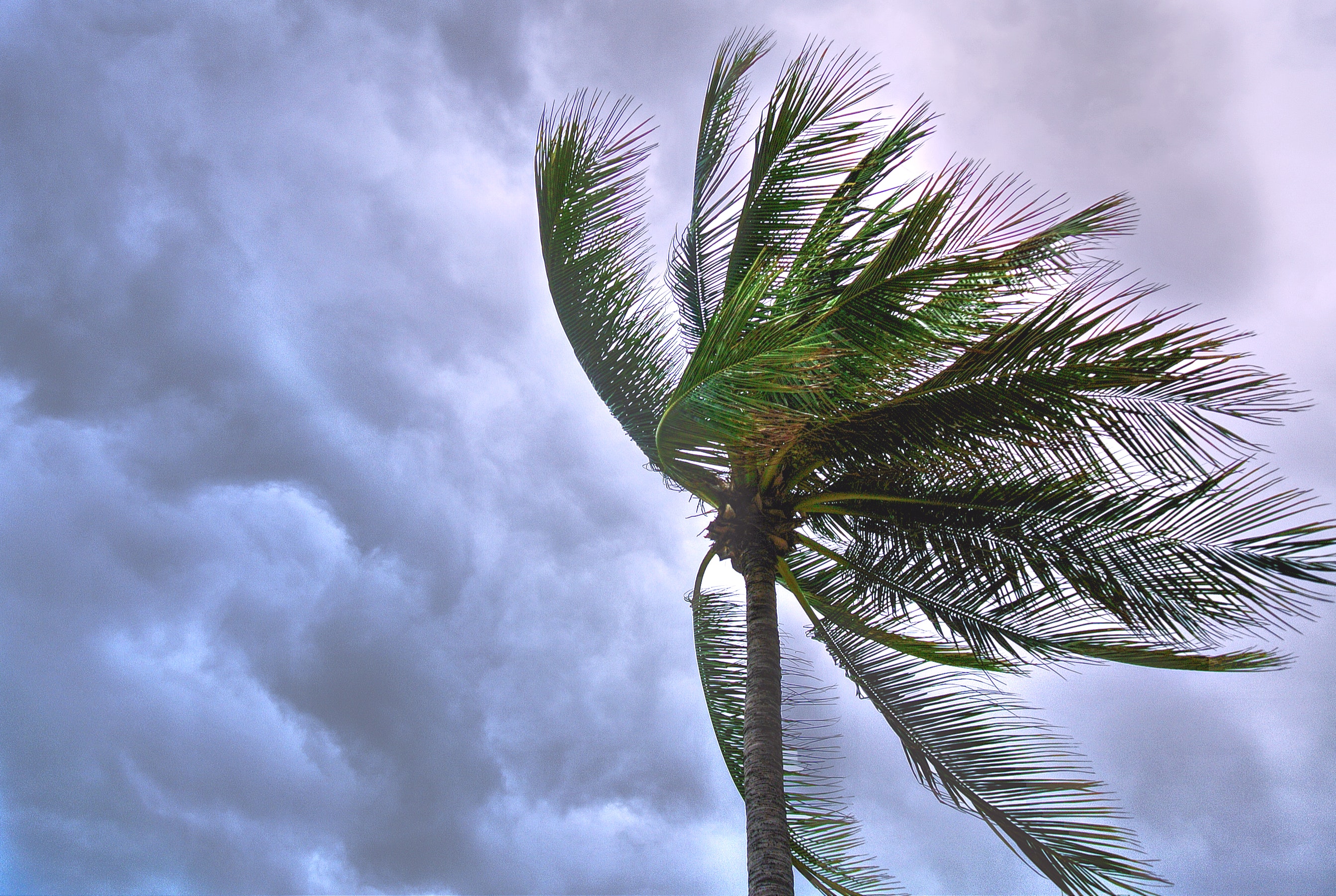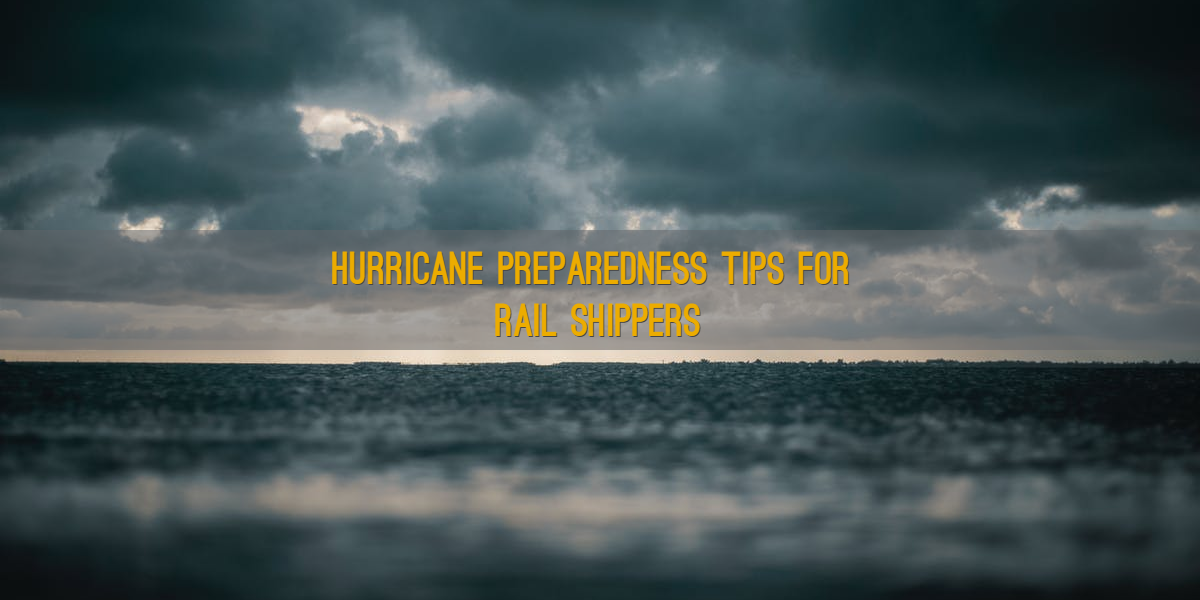When hurricanes strike, the impacts to supply chains can be devastating. Severe weather and flooding can literally stop shipments in their tracks, and that means either your products aren’t getting out or your raw materials aren’t coming in. Either way, that’s a problem.
Fortunately, rail shippers can take steps to be prepared when Mother Nature strikes…steps that can help reduce supply chain impacts. If you want to be prepared for the potential impacts of storms, follow these hurricane planning tips for rail shippers.
Before the Storm

- Divert cars. If your facility is in the path of a storm, you’ll want to divert any rail cars headed your way. Sending cars to an alternate location and reducing inventory levels at your plant will reduce the potential for mechanical damage the storm could cause to rail cars – and will also protect the products inside.
- Work with the railroad. You’ll want to notify the railroad of any special service requests ASAP. They can help you manage your inventory and divert cars in advance of the storm.
- Make a plant operations plan, then communicate it. What is your timeline for ceasing operations and/or evacuating the plant? Let the railroad know your plans. Doing so will allow them to place tracks out of service as needed and schedule rail cars appropriately to ensure resources are used effectively after the storm.
After Landfall

- Report track damage. Report any tracks that are damaged and/or out of service to the railroad.
- Provide a plant operations update. Let the railroad know the estimated time frame for repairs to your facility and when you plan to resume operations. This will allow the railroad to know when to place tracks back in service and deploy rail cars as needed.
- Request resumption of rail service. Once repairs are complete and you know when your plant will resume operations, notify the railroad and request for rail service to resume.
- Don’t move rail cars if water has reached the wheel bearing. Wait for the railroad to inspect the car and make sure it is safe to move.
- Inspect rail cars. Per the American Association of Railroads (AAR) interchange rules, any rail cars that have been damaged by flooding must undergo a joint inspection between the railroad’s mechanical team and personnel at your plant.
Preparedness Pays Off
As much as we’d like to control Mother Nature, we all know that’s not possible. What we can control, however, is how we prepare and recover. Following these tips can reduce damage to rail cars, leverage the railroad’s resources and ultimately expedite local service recovery time.
Additional Resources
Union Pacific Railroad offers its customers the following additional resources in the event a hurricane makes landfall:
- Hurricane Planning and Recovery Page for specific steps to take as a Union Pacific customer. This includes links to report a service issue, which allows you to:
- Report damaged or out-of-service tracks
- Communicate the timetable for ceasing plant operation
- Provide estimated facility repair time and resumption of operations
- Request service to be resumed when repairs are complete
- The page also includes information on requesting a rail car inspection as well as a list of current embargoes.
- Hurricane Hotline, for the latest updates on conditions: 800-365-6963
- Customer Care and Support for assistance specific to your shipments: 800-272-8777
- Response Management Communications Center (RMCC) to report emergencies: 888-877-7267
To learn more about how railroads take action in the event of a storm, visit the AAR’s article on how freight railroads prepare for and respond to extreme water.
Questions? Contact us.
Related Articles:









